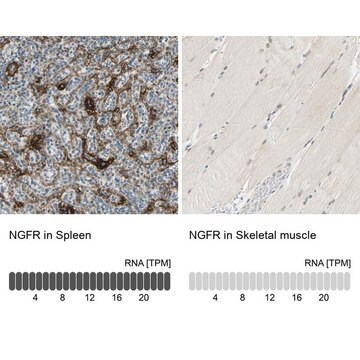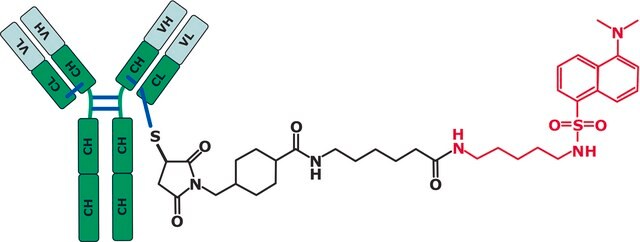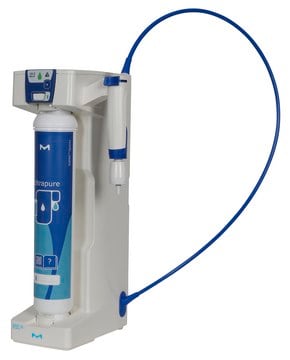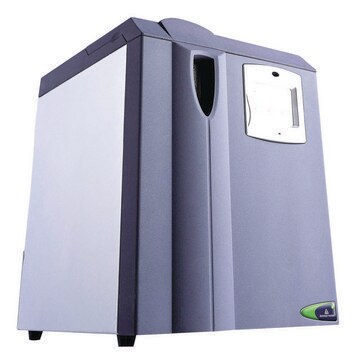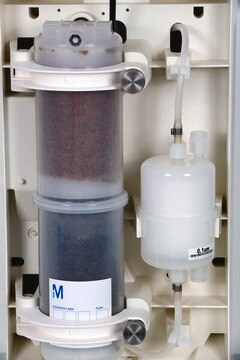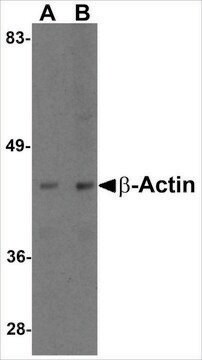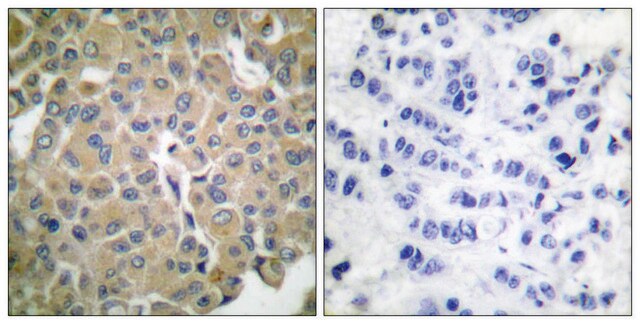MABN310
Anti-G-protein coupled receptor 56 (GPR56) Antibody, clone H11
clone H11, from mouse
Synonym(s):
G protein-coupled receptor 56, 7-transmembrane protein with no EGF-like N-terminal domains-1, Protein TM7XN1, G-protein coupled receptor 56
About This Item
Recommended Products
biological source
mouse
Quality Level
antibody form
purified antibody
antibody product type
primary antibodies
clone
H11, monoclonal
species reactivity
mouse
species reactivity (predicted by homology)
human (based on 100% sequence homology)
technique(s)
immunocytochemistry: suitable
immunohistochemistry: suitable
western blot: suitable
isotype
IgG1κ
NCBI accession no.
UniProt accession no.
shipped in
wet ice
target post-translational modification
unmodified
Gene Information
human ... GPR56(9289)
General description
Immunogen
Application
Immunocytochemistry Analysis: A representative lot was used by an independent laboratory in meningeal fibroblasts (MFs). (Luo, R., et al. (2011). Proc Natl Acad Sci U S A. 108(31):12925-12930.)
Neuroscience
Adhesion (CAMs)
Quality
Western Blot Analysis: 0.5 μg/mL of this antibody detected G-protein coupled receptor 56 in 10 µg of brain tissue lysate from E13-E14 mouse.
Target description
Physical form
Storage and Stability
Analysis Note
Brain tissue lysate from E13-E14 mouse
Other Notes
Disclaimer
Not finding the right product?
Try our Product Selector Tool.
Storage Class Code
12 - Non Combustible Liquids
WGK
WGK 1
Flash Point(F)
Not applicable
Flash Point(C)
Not applicable
Certificates of Analysis (COA)
Search for Certificates of Analysis (COA) by entering the products Lot/Batch Number. Lot and Batch Numbers can be found on a product’s label following the words ‘Lot’ or ‘Batch’.
Already Own This Product?
Find documentation for the products that you have recently purchased in the Document Library.
Our team of scientists has experience in all areas of research including Life Science, Material Science, Chemical Synthesis, Chromatography, Analytical and many others.
Contact Technical Service
